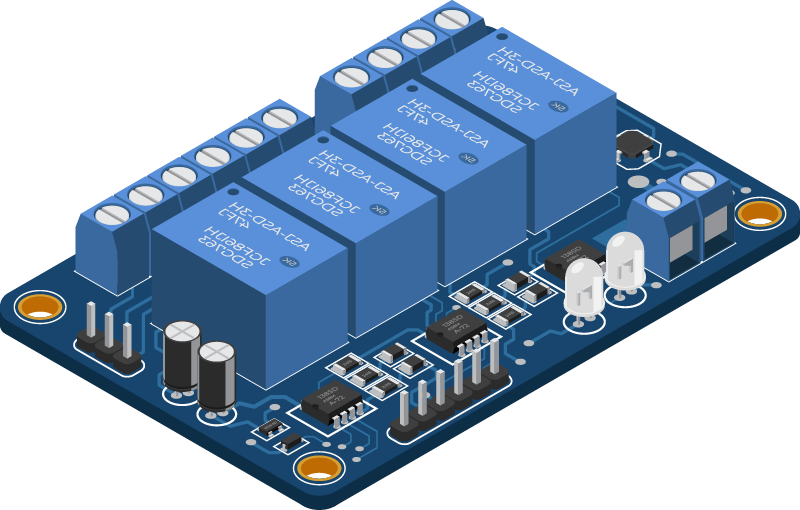Ready When It Counts
Obsolescence Management
Obsolescence refers to the permanent unavailability of products—such as when manufacturers discontinue critical electronic components. In volatile markets with shorter technology cycles, this issue is becoming increasingly severe.
A structured obsolescence management strategy is therefore essential for companies to minimize risks and ensure long-term system availability.

Risks from Obsolescence
Obsolescence risks stem from a range of global and technological developments. Geopolitical dependencies—such as reliance on semiconductor manufacturers in Taiwan—increase vulnerability to international tensions. Disruptions to global supply chains, like the Suez Canal blockade, also lead to unexpected shortages. Additionally, unpredictable demand fluctuations—triggered by events like the COVID-19 pandemic—make planning more difficult and raise the risk of material shortages.
Proactive and Reactive
Depending on the timeline and situation, proactive or reactive approaches are used to safeguard delivery capability. Proactive obsolescence management focuses on medium-term, forward-looking planning, while reactive management addresses acute cases in the short term. In both cases, continuous risk analysis and technical evaluation of countermeasures play a key role in prevention.
Proactive Obsolescence Management
-
Early selection of suitable design alternatives
-
Bill of materials analysis, lifecycle monitoring, and risk assessments
-
Software refactoring to enhance portability (e.g. MCAL, HAL, middleware, application layer)
-
Creation of precise specifications and documentation
-
Selection and qualification of second sources
-
Planning of regular redesign cycles
-
Evaluation of individual component failure risks
Reactive Obsolescence Management
-
Porting and urgent redesign
-
Fast, targeted support in acute obsolescence cases
-
EOL (End of Life) management, last-time buys, and long-term storage
-
Alternative sourcing, substitution, minimally invasive porting
-
Comprehensive support from issue identification to implementation and testing
-
Technical emergency relocation and crisis management
Relevance and Fields of Action
A structured obsolescence management approach enables early identification and mitigation of emerging risks. Technical solutions to obsolescence cases are classic development tasks that affect both hardware and software. These challenges often arise at inopportune moments—such as during ongoing production cycles or right before major product launches.
To effectively address such situations, two primary technical solution approaches are available:
Redesign
A complete hardware redesign becomes necessary when critical components become obsolete or multiple parts are affected simultaneously. The hardware is redeveloped using modern components, while maintaining existing functions and interfaces. This process requires extensive development efforts in both hardware and software.
Porting
Porting refers to a one-to-one transfer of existing software to a new hardware platform, with minimal changes to the hardware. This approach is suitable when only a few key components need replacement. The goal is to preserve existing system functionality with minimal development effort.
CURIOUS?
Questions, comments, or suggestions about how we work and develop? We are happy to answer them in a personal conversation. Feel free to send us an inquiry about your concerns.
We look forward to hearing from you.

Dr. Hendrik Schnack
Sales, Technology

Hummam Kadour
Account Management

